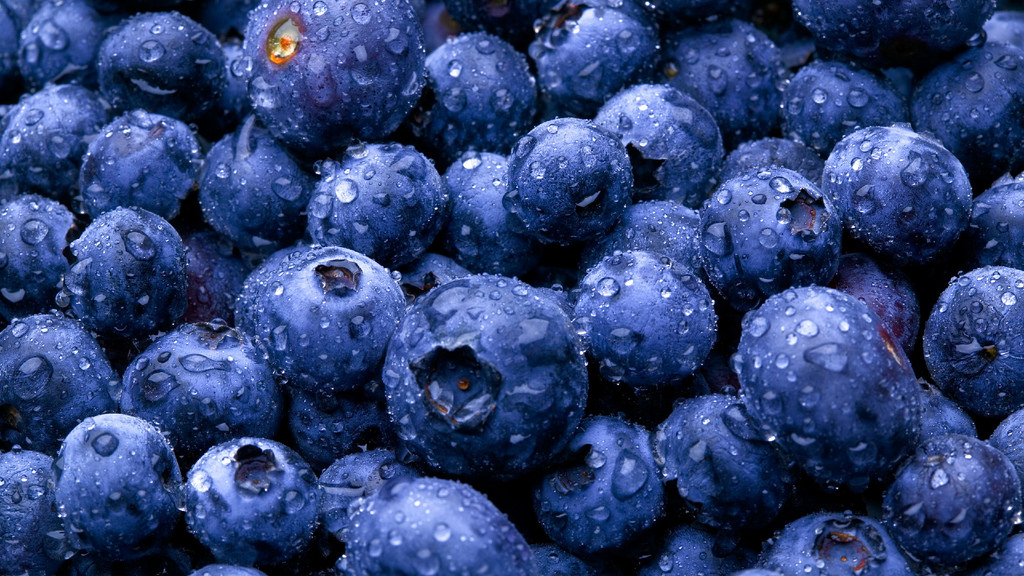
“We forget that, historically, people have eaten for a great many reasons other than biological necessity. Food is also about pleasure, about community, about family and spirituality, about our relationship to the natural world, and about expressing our identity.” – Michael Pollan, In Defense of Food: An Eater’s Manifesto.
When people turn to healthy eating, they generally do it with one goal in mind: to become healthier and skinnier. My goal was to improve my health. I wanted to eliminate my gut problems, my skin problems, minimize the rate at which I got colds and flu, and feel amazing from the inside out. I was so excited by all the health benefits whole foods could empower me with that I began my quest of healing through food.
Of course it wasn’t so easy at first. I made a lot of mistakes. When I learned that I should quit refined sugar, I switched it for brown sugar. When I learned I shouldn’t eat added sugar at all, I bought juices sweetened with Splenda. When I learned packaged juices and artificial sweeteners are even worse for you, I threw out an entire package of the aforementioned juices. It was a rocky start, but I wasn’t giving up.
I began questioning everything I decided to buy and eat and I encouraged my family to do the same. My family wasn’t as amazed by these newly found benefits as I was. At first, I would get on my dad’s nerves when I suggested him to stop buying 2-litre sodas or when I explained that Welch’s grape juice contained high fructose corn syrup.
Switching to a wholesome diet and ditching unhealthy foods got me what I initially wanted: I stopped having gut problems, my skin clarified, and my colds and flu diminished at a dramatic rate. I was healthier, but I noticed that improving my diet not only benefited my body, it created a profound change in my mindset. I became more self-loving, happier, more mindful, and more grateful.
If you’re going through a healthy eating journey, or if you’re just thinking about taking a small step towards eating better, these are 10 ways eating well can transform your mindset in a positive way, beyond the physical benefits:
1. You welcome mindfulness into your life
Healthy eating by default turns your attention towards what you consume. It makes you contemplate what you buy, what you cook, and what you bite. You’re no longer mindlessly taking sugary cereal out of a box and calling it breakfast. You become aware that every meal is an opportunity to nurture yourself with healing, delicious, and nutritious food.
This is the main shift I noticed in myself. Every food decision became deliberate and I began to purposely nourish my body with the best possible choices. Becoming aware of what you eat connects you with the moment and snaps you out of autopilot.
2. You become the boss
Once you start making better choices, you shed old patterns and behaviors. You break the status quo. Change makes you question and reject the usual order of things. This good rebellion manifests when instead of grabbing dinner at Taco Bell’s drive-through you decide to use the vegetables sitting in your fridge to make a salad, or simply go out to a non-fast food restaurant.
Every decision you make different empowers you and breaks you free from the norm.
3. You seek improvement
Once you break the status quo, you become aware of the possibilities and often seek to upgrade bit by bit. The spark of change can grow to become a fire. Maybe you switched your fries with a side of salad one day, then you decided to order a healthier meal altogether, and weeks later you decided to cook a homemade dinner for your loved ones.
Seeking an alternative to sugar made me wonder what else I was eating that had a healthier counterpart, which lead me to switch to grass-fed butter, nut milk and whole-wheat bread.
4. You share and connect more
When you experience the benefits of eating well, you want to share it with your loved ones. You want to inspire positive change around you. This doesn’t mean you start nagging or become a health nut, it simply means you share what you know and offer your friends and family a way to eat in a more nourishing way.
Offering a healthy snack at work, inviting friends over for a homemade dinner, talking to your kids about the benefits of sipping that green smoothie, and trying to get your husband or wife on board with a cleaner diet are all ways to share positive information.
Once you start sharing, you also find like-minded people who enjoy a similar lifestyle. This gives you a stronger sense of belonging.
5. You boost your self-love
Once you are motivated to make better eating choices, you accept you’re worthy of better care. Eating habits are profoundly linked to self-esteem and your sense of self-worth. That’s why people with eating disorders also suffer from emotional problems.
Choosing healthy eating is a way of taking care of yourself, of acknowledging your body is sacred and valuable, and of accepting you deserve to feel your best from the inside out. Healthy eating sparked the wish to seek out other ways to nourish myself, like exercising more and taking time to unwind my mind and body through meditation and yoga.
6. You increase your confidence
Healthy eating can boost your confidence and happiness when you set health or weight goals. You feel accomplished because you didn’t cave to that soda, because you nailed a new healthy recipe, or because you could enjoy a delicious breakfast instead of being hungry all morning. In the long term, eating healthier will lead you to your ideal weight, which can improve your self-esteem as well.
I felt amazing a couple of days ago when I decided to cook quinoa hummus cakes for the first time instead of accepting a chicken hamburger.
7. You become more grateful
When you become aware of all of the nourishing foods you have access to, feeling grateful for it comes naturally. When I realized the many options I had to eat better and improve my health, I felt immensely thankful for the opportunity to do so. People living on food stamps and earning a minimum wage don’t often have a choice. Countries with food shortages, droughts, and wars are focused on their basic survival and healthy eating is a luxury.
Healthy eating is a privilege, and I see it as so, so I’m grateful. If you have access to abundant produce and healthy products, realize you have an invaluable source of nourishment and share it if you can.
8. You become an active learner
Just because you decide to eat better doesn’t mean you automatically know how to do it. When you turn to healthy eating, your mind opens to a new field of knowledge. How do you know which ingredients to avoid? Why does this food make you feel bad? Which vegetables are more nutritious? What is gluten exactly? Is sugar that bad? What are superfoods?
Once you start caring, you seek the answers to these questions and more. You research. You ask. You feed your mind new, useful, actionable information, and enjoy the learning process.
9. You spark your creativity
Even if the microwave is the only kitchen appliance you’ve ever used in your life, healthy eating will push you to cook and create. You have to ditch that noodle cup, and take spices, legumes, vegetables, and lean meats and create nutritious meals out of that. When you start browsing easy and healthy recipes that don’t take hours to make (these are of course my favorites), you find smoothies, salads, wraps and a tons of plant-based dishes that are delicious and surprisingly easy.
Taking this first step will make you more inventive in the kitchen and you’ll find yourself thinking about food combinations that will make you excited about preparing lunch. Like Julia Child said, “You learn to cook so that you don’t have to be a slave to recipes. You get what’s in season and you know what to do with it.”
10. Your satisfaction increases
Because choosing to eat better to achieve weight or health goals is a challenging, difficult, and positive transformation, it will make you feel accomplished, satisfied, and proud of your hard work.
Seeing yourself go through the whole process, from the moment you take the first step towards a healthier lifestyle, right until you learn how to make better decisions, lose weight, learn cooking, cure your ailments or feel fantastic, will make you feel like a better version of yourself, and you’d be right. Is there a more rewarding feeling than knowing you accomplished a goal after a lot of willpower and hard work?
My journey so far in healthy eating has showed me the deep connection there is between mind and body. The way you nourish your body reflects in your mind, and anything you create in your mind will manifest in your body.
If you’re thinking about taking a step towards healthy living, or if you’re already in the process, know that it will profoundly affect your mood, self-esteem, motivation, and mentality. And it’s worth it.
How have your eating habits changed your mindset?
Please let me know in the comments below.

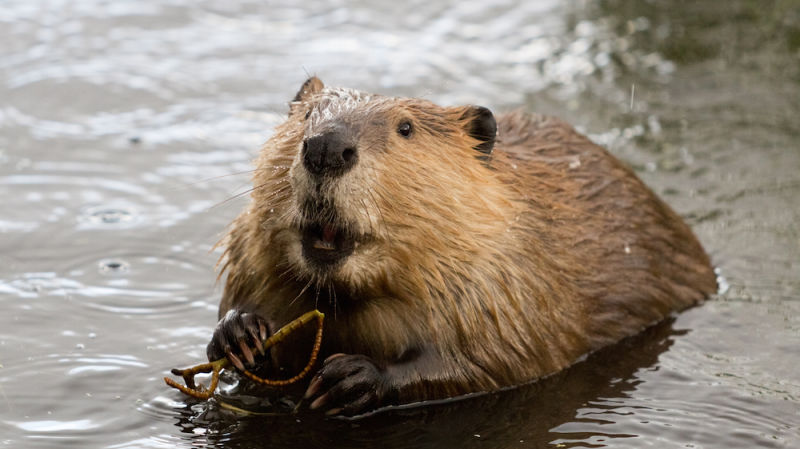



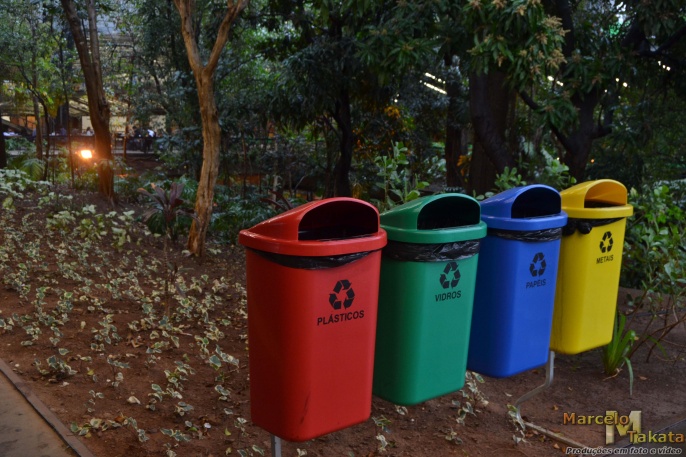

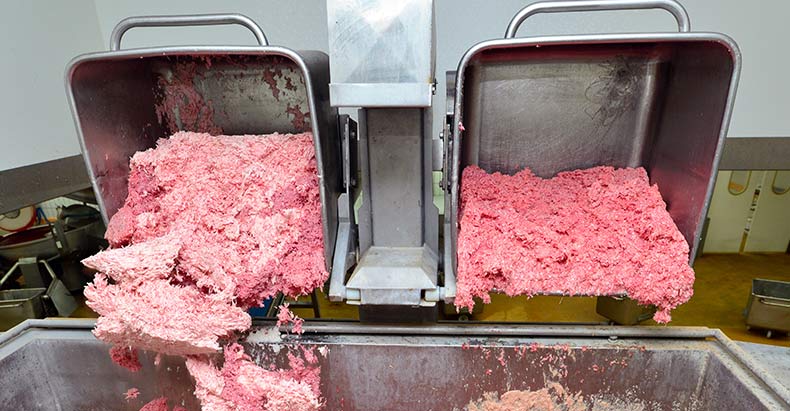
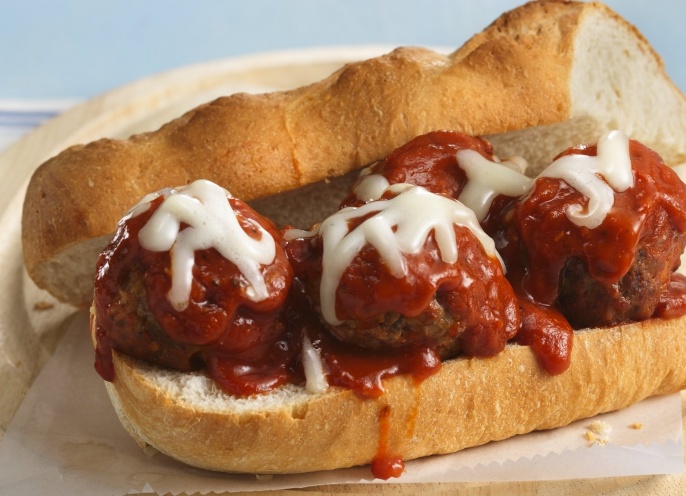




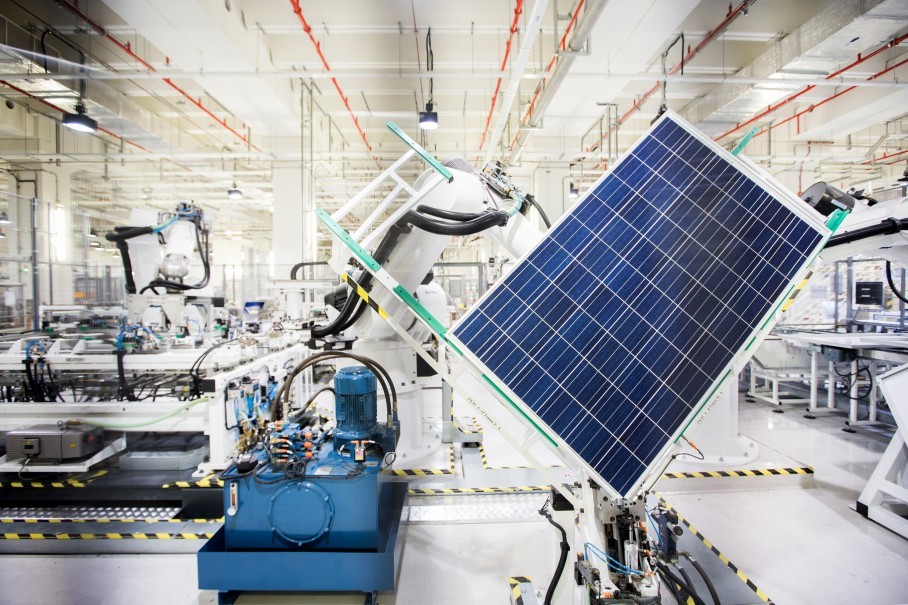






 Aziz Abu Sarah
Aziz Abu Sarah  United for peace
United for peace 
